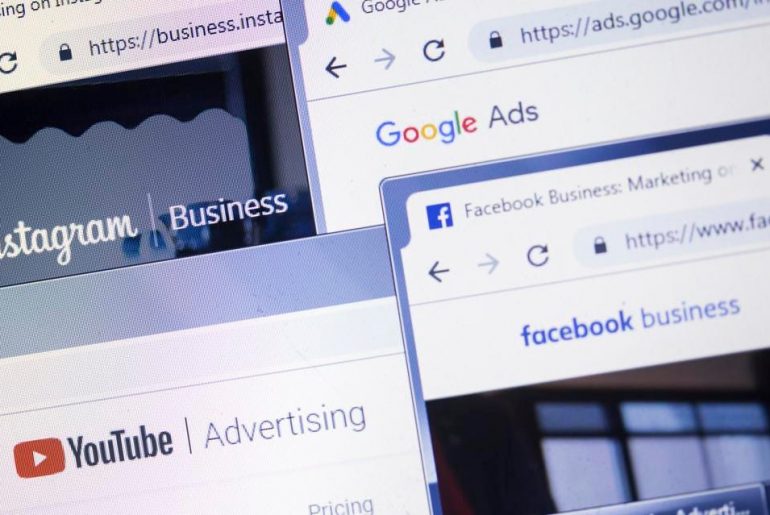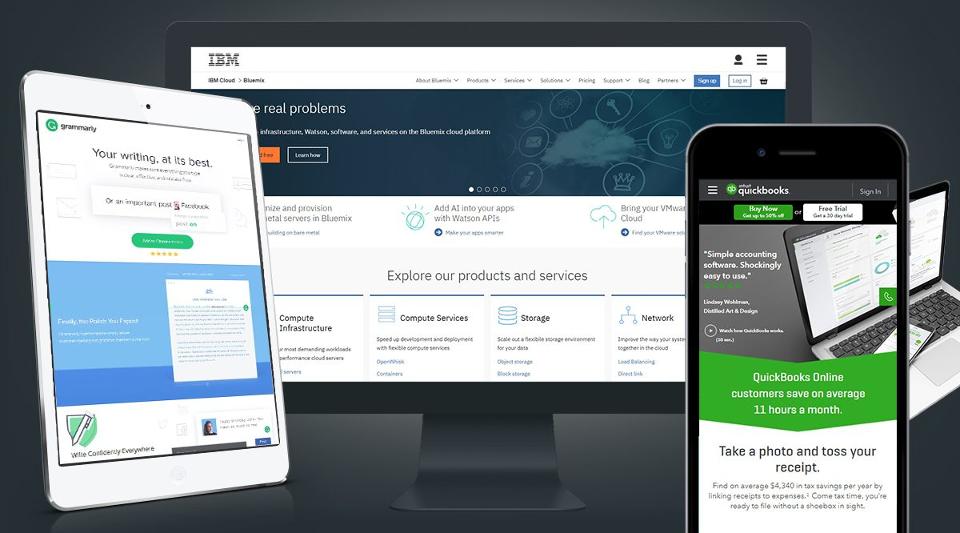By
As an e-commerce operation in 2022, chances are the bulk of your advertising budget is earmarked for digital advertising. With a forecast of $524.3 billion this year, the sector spans video, social media, mobile, search, display ads, native ads and email. Given the number of channels, the quickly evolving landscape, and the difficulty of tracking channel-specific ROI, the digital ad landscape can be complex for marketers to navigate and with so much of our ad budgets focused on digital ads, the stakes have never been higher.
When you add in ad fatigue of users, privacy concerns, an adoption of ad blockers, and rampant digital advertising fraud, building your digital ad strategy can be downright daunting.
Fortunately, there are best practices that can help you maximize your return on investment while protecting your brand’s reputation with consumers. Here’s how to get the most out of your digital ads in 2022.
Make Sure Your Ads Are Going To A Quality Audience
Most advertisers don’t realize how rampant digital advertising fraud actually is. Ensuring that you’re buying traffic from a reputable source is essential in getting the most from your ad dollars. Moreover, nefarious practices by some traffic providers, such as ad injection fraud or domain spoofing, can be bad for your brand’s reputation and potentially even result in legal fees.
Ensuring your traffic partner has first party data and is fully compliant with the regulatory landscape is essential – not only for the integrity of your advertising budget, but also for the integrity of your brand.
Connect With Consumers At The Right Moment
The timing and placement of digital ads, and the context in which they’re received by the consumer, should factor into your overarching strategy.
Gone are the days of bombarding consumers with ads that are disjointed from their purchase path or even their mood. To be effective in today’s advertising ecosystem, you need to reach consumers when it adds genuine value to their purchase journey, or to strengthen your brand by enhancing and sharing in the moment or mindset they’re in.
When ads are perceived as disruptive it can have a net negative impact on the brand. Moreover, marketers should consider ways to provide value through ads rather than simply monetizing consumer attention. Remember that putting your ad out into the world is only the first step. It’s crucial to consider how and when ads will be received by consumers, and their potential impact.
Measure Your Results
It’s likely that your digital advertising budget will be spread across multiple channels – from social media, to display ads, search, email marketing and more. Take the time to create infrastructures for tracking channel-specific results.
The first step is understanding exactly what you want to accomplish with your ads. Many brands are good at tracking ROI from sales, but neglect to measure other key performance indicators (KPI) like increased brand awareness, brand sentiment or the discovery of the brand by new audiences.
Once you understand what’s important to you, identify how you’re going to measure success in those areas. This is also a good time to communicate what success looks like with your team, and get their buy-in on big picture brand goals.
Optimize Based On Data
When you have channel-specific data, take action on it. Often, advertisers will go to great lengths to track results, but stop short of taking the critical step of making the data actionable.
In addition to understanding which channels are performing the best for your key performance indicators, you’ll also want to optimize based on what you’re learning from your audience and their experience.
Is your message resonating better with a key demographic? Is a particular ad driving more purchases, while others are driving more engagement? Are you having more success in particular geographical areas? There’s so much to learn from your data, it’s important make room for continual optimization.
With so much competition in the digital advertising ecosystem, it’s important to be intentional about your strategy. Aligning with reputable traffic sources and taking a data-driven approach to optimization are good best practices to follow. Even more important is remembering how you like to be treated as a consumer. To stand out in a crowded landscape, go beyond your KPIs and practice the golden rule.
Feature Image Credit: getty
By
Follow me on Twitter or LinkedIn. Check out my website or some of my other work here.
I am a documentary filmmaker and the Founder of Studio 15, a socially responsible fashion brand. After leaving behind a 15-year career in the corporate fashion world, I started a company that focuses on doing good and supporting women. It’s Studio 15’s mission to promote and collaborate with other female-owned businesses and to support female entrepreneurs in developing countries through a partnership with Kleos MFG, a non-profit organization.







